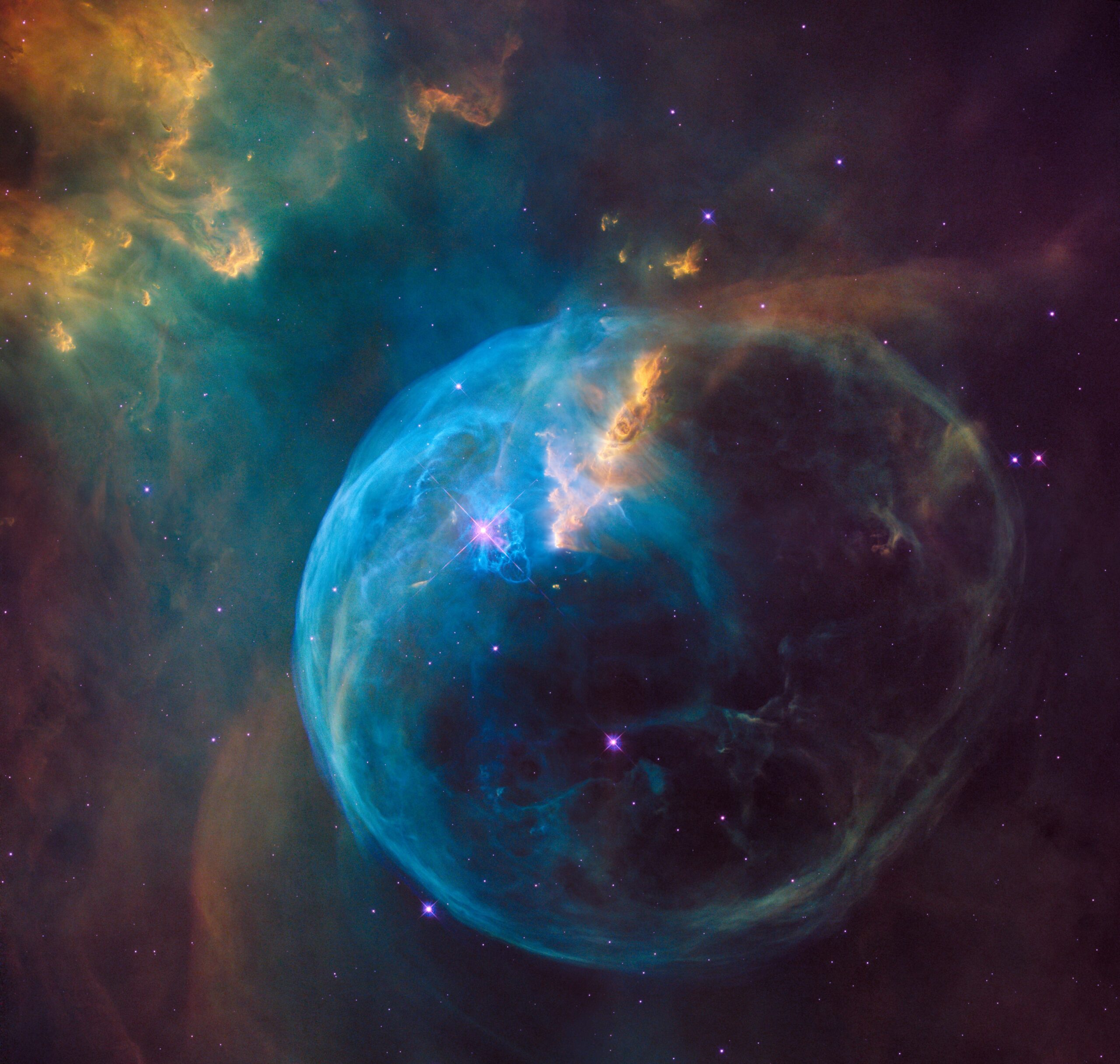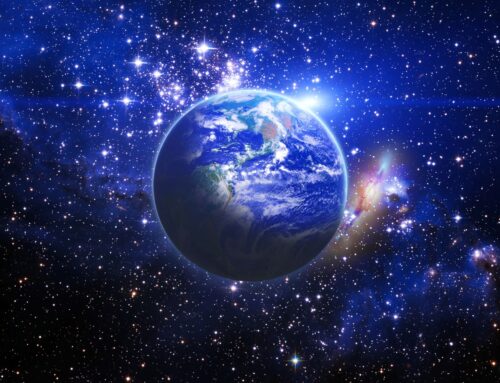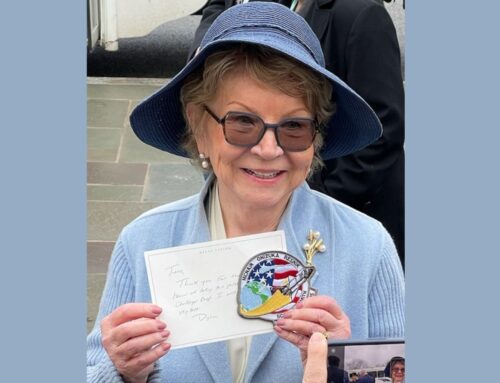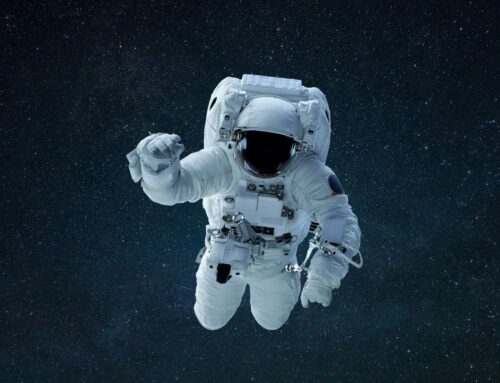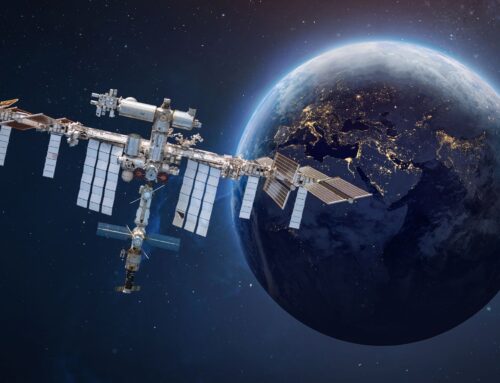Science and the arts are specialized fields that don’t necessarily seem to go hand-in-hand, but in reality both are deeply intertwined and there is a case to be made that they enhance one another. For space researchers searching for life in the cosmos, art has proven a great tool to explore and navigate the unknown final frontier.
SETI, the scientific research institute, has effectively worked with some of the most clever minds in science: astronomers, exoplanet decision specialists, astrochemists. The chair emeritus of SETI, Jill Tarter, thinks scientists should use art to help solve some of their biggest challenges.
“Art gives people an opportunity to think about bigger-picture ideas or think about them in a new way,” says Tarter. She explains that art can help us ask existential questions about ourselves like who we are and is anybody else out there in the universe.
Over ten years ago, Tarter met Charles Lindsay at an event and realized that artists could help scientists become more creative. At SETI, scientists have a notoriously hard time trying to imagine the unimaginable as they search for intelligent life beyond our Earth. That’s because no one knows what life or technology somewhere else would look like. Artists, according to Tarter, can help scientists imagine ideas they hadn’t thought of before.
Linsday and Tarter later devised a plan with another SETI researcher to create art that fuses astral research with creative output. Thus, the artist-in-residence program was born, allowing artists to work closely with scientists who influence them through their research and ideas. The program is designed to not only broaden perspectives, but allow challenging scientific lessons to be more accessible to non-experts and the general public.
By 2010, Lindsay was the first artist to take a residency in the program. During his time there, he worked with astronomer Laurance Doyle, along with researchers from UC Davis and the Alaska Whale Foundation, to create the project, Code Humpback. An art installation, the goal of the project is to examine encrypted signals and interspecies communication through whale vocalizations, morse code and two and three-vector ocean surface interference patterns in the Pacific. Since many people don’t read or study scientific journals regularly, the project allows scientists to present their work to the general public in a captivating and insightful way.
Now that the program has run for a decade, artists and the scientists they work with have taken the opportunity to get creative, producing sculptures, textiles and glass-etched reconstructions of the Kepler space telescope’s view. Tarter herself has worked with film composer Felipe Perez Santiago on the Earthling project to crowdsource sounds from across the globe that will be used to create a soundtrack in the hopes of launching it into space. The music will celebrate cultural diversity while embodying a unifying element. The ideal would be that the music heads with Elon Musk to Mars.
The institute’s current artist-in-residence, Zeinab Alhashemi, works with Mark Showalter, a SETI astronomer who previously helped develop NASA’s Cassini mission to Saturn. Sharing common interests in science and art, they both focus on geometry in motion in their projects. Together, they created a kinetic sculpture of two spheres, one steel and one in corten metal, in random shapes until they meet to create one sphere. The movement is subtle. To notice its slow movement, a viewer would have to stand next to the sculpture for a long time. The joint project will be shown at Expo 2020 hosted in the United Arab Emirates starting in October.
Both Alhashemi and Showalter have expressed their partnership in helping them to expand their perspective and insights, allowing them to combine both the right and left side of the brain. One is very technical and mathematical, while the other is creative and has more range for expressing than in the sciences.
Now led by Dorka Keehn of the San Francisco Arts Commission, new artists-in-residence include artist and engineer Xin Liu who seeks to explore time suspended in water; Alfred Darlington, an electronic artist who uses the pseudonym Daedelus and is creating a map using spatial audio; and Jordan Holmes, an engineer, spoken word artist and musician who wants to use the project to develop an interactive storytelling environment.
According to Tarter, the huge vision for the project is to ultimately help change the global perspective to a more cosmic one. She explains that we all have the same curiosities and goal to reach space. Compared to all as-of-yet unknown life forms in space, what unites us is we’re all the same on Earth, hence the title of the project “We’re all Earthlings.” This combination of art and science certainly makes us more complex and more human and it’s these new visual projects that can help all of us understand life on our planet and the potential for understanding life, if not simply the movement, of the universe beyond us.


